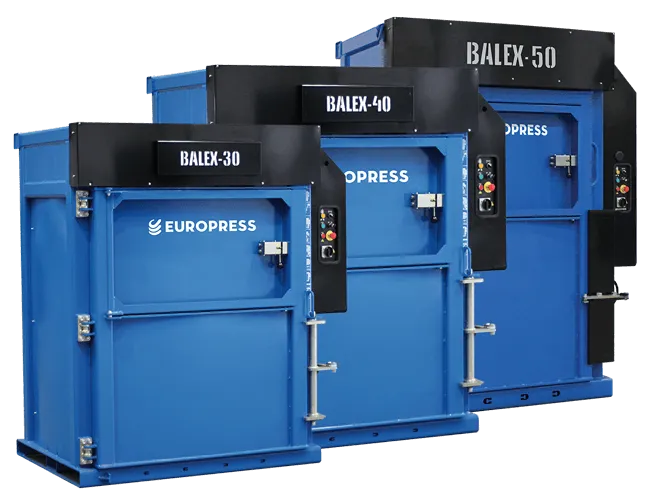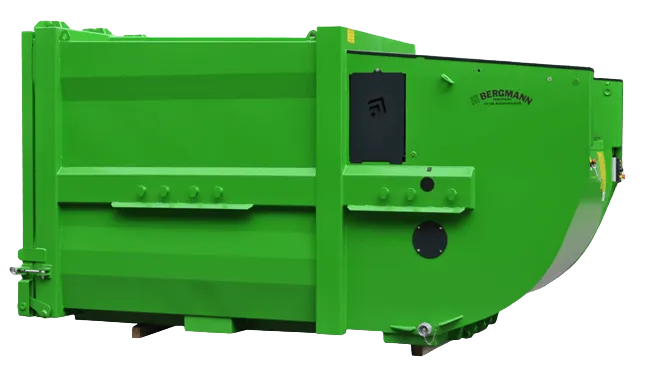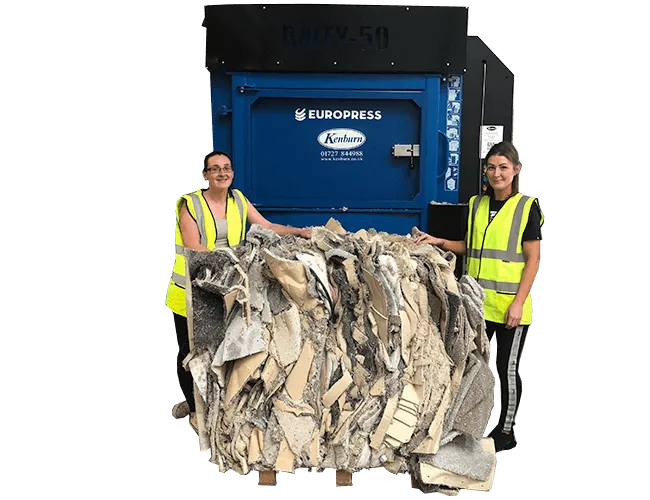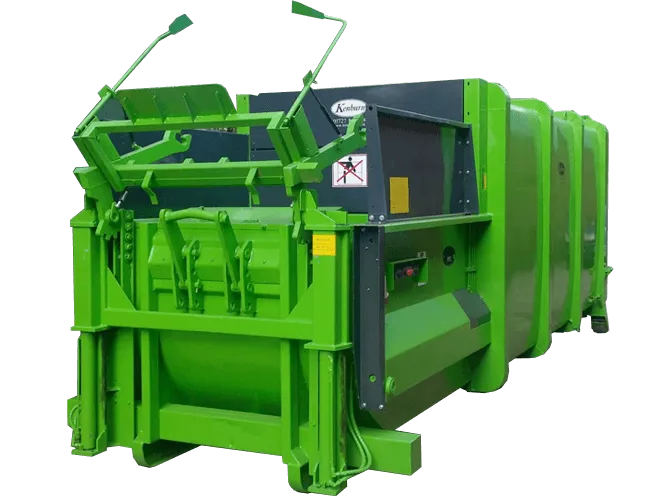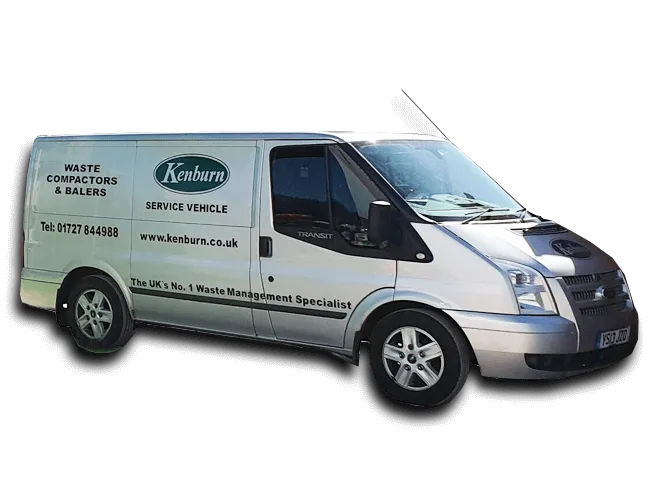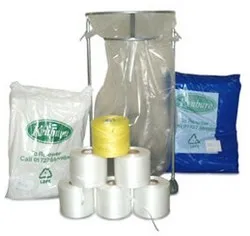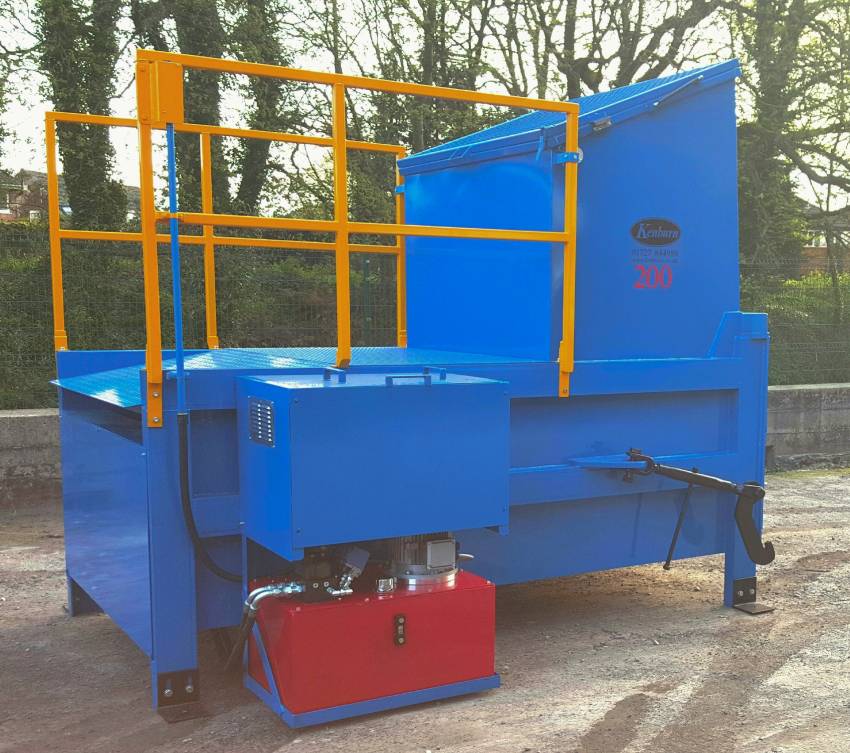 Static waste compactors are a key tool in modern industrial waste management. They offer significant benefits such as improved efficiency, cost savings, and enhanced sustainability.
Static waste compactors are a key tool in modern industrial waste management. They offer significant benefits such as improved efficiency, cost savings, and enhanced sustainability.
The challenge of managing industrial waste is growing as industries expand and environmental regulations become stricter. Efficient solutions are essential to handle this increasing volume of waste.
By reducing waste volume, cutting transportation costs, and streamlining operations, static compactors help industries manage their waste more effectively and responsibly. Investing in static compactors is a smart choice for any company looking to optimise its waste management processes.
What Are Static Waste Compactors?
Static waste compactors are powerful machines designed to reduce the volume of business waste. They operate by compressing waste materials into a more compact form, making it easier to handle, store, and transport.
There are several types of static compactors available, each tailored to specific industrial needs, such as horizontal, vertical, and stationary models. At Kenburn, we provide both new and refurbished machines across the UK. We can also train your staff and offer maintenance and repair options to ensure your waste compactor performs at it’s best.
The essential components of a static compactor include the compaction chamber, hydraulic system, and control panel.
The compaction chamber is where waste is compressed, the hydraulic system provides the force for compaction, and the control panel allows for easy operation and monitoring. These components work together to ensure efficient and effective waste management.
The hydraulic ram pushes the waste into either a 35 or 40 cubic yard skip.
These skips when full can carry up to 12 tonnes of waste.
When the skip is full a roll on roll off vehicle will replace the full skip with an empty one at the same time.
Reducing Waste Volume
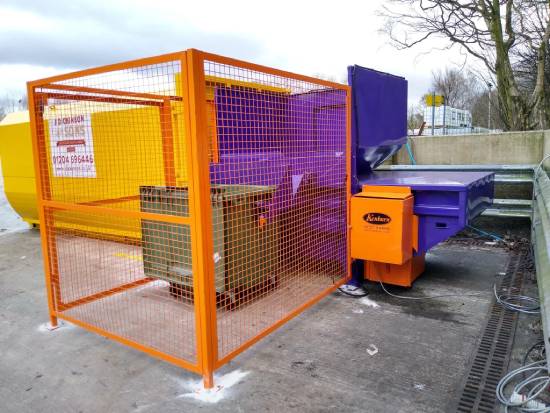 Static waste compactors significantly reduce the volume of waste through efficient compaction. By compressing waste materials, they can decrease the space required for storage by a significant amount. This compaction efficiency not only maximises the use of storage areas but also reduces the frequency of waste collection and transportation.
Static waste compactors significantly reduce the volume of waste through efficient compaction. By compressing waste materials, they can decrease the space required for storage by a significant amount. This compaction efficiency not only maximises the use of storage areas but also reduces the frequency of waste collection and transportation.
With less waste volume, companies can store more material in a smaller space, leading to better organisation and reduced operational costs. Additionally, fewer waste collections mean lower transportation costs and a smaller environmental footprint.
Overall, the reduction in waste volume translates to substantial savings and improved operational efficiency.
Cost Savings
Static compactors offer significant cost savings in several ways.
By compacting waste, they reduce the number of trips required for waste disposal, lowering transportation costs. Fewer trips to the MRF, (materials recovery facility) also result in lower disposal fees, as MRF’s charge a transport cost which on average can be £150.00-£200.00. Additionally, compactors improve operational efficiency by reducing the labour and maintenance costs associated with waste management.
The initial investment in a static waste compactor can be quickly recouped through these savings, providing a strong return on investment (ROI). Overall, the cost reductions achieved through compaction make static compactors a valuable asset for any industrial facility.
Alternatively, without having to outlay an investment in one go, you could rent a static compactor over a 3- or 5-year period and incorporate a maintenance agreement within the rental cost.
Environmental Benefits
Static compactors offer significant environmental benefits. By reducing the volume of waste, they minimise the number of transportation trips required for waste disposal, which in turn lowers greenhouse gas emissions and reduces the carbon footprint.
Compactors also promote waste minimisation, encouraging a more sustainable approach to waste management. Additionally, compacted waste makes it easier for companies to meet UK environmental regulations and standards, such as those set by the Environment Agency. This ensures compliance with environmental laws and helps companies adopt more eco-friendly practices, contributing to a healthier planet.
Improved Safety and Hygiene
Static compactors significantly enhance safety and hygiene in the workplace. By compressing waste, they minimise the risk of spills and contamination, reducing the likelihood of hazardous materials spreading.
This leads to safer handling and storage of waste materials, protecting workers from potential injuries and exposure to harmful substances. Compactors help maintain a healthier work environment by improving air quality and reducing odours, which can be particularly beneficial in areas with high waste volumes.
Overall, the use of static compactors not only ensures a cleaner and more organised workspace but also promotes a safer and more pleasant working environment for all employees.
Versatility and Adaptability
Static compactors are highly versatile and can be used in various industries, including manufacturing, construction, and retail. Their adaptability makes them suitable for a wide range of waste types and volumes.
These machines offer customisation options to meet specific industrial needs, such as different compaction forces and container sizes. At Kenburn, we supply a range of static compactors as well as offering installation, training and servicing and maintenance. Static compactors can be easily integrated into existing waste management processes, enhancing overall efficiency without requiring significant changes to current operations.
This flexibility ensures that companies can optimise their waste management practices, regardless of their industry or specific requirements. Whether it’s reducing waste volume in a manufacturing plant or managing large amounts of packaging in a retail environment they provide a reliable and adaptable solution.
Maintenance and Longevity
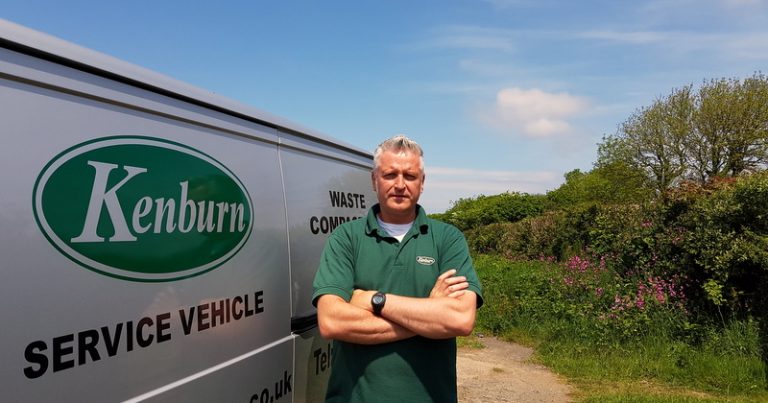 Static compactors are designed for easy maintenance and long-lasting performance, ensuring they remain reliable over time. Kenburn offer a range of options to ensure your waste compactor performs at it’s best for as long as possible.
Static compactors are designed for easy maintenance and long-lasting performance, ensuring they remain reliable over time. Kenburn offer a range of options to ensure your waste compactor performs at it’s best for as long as possible.
Regular maintenance is key to keeping them in optimal condition. Best practices include routine inspections, cleaning, and lubrication of moving parts, as well as timely replacement of wear-prone components.
By adhering to these maintenance tips, companies can significantly extend the lifespan of their compactors, reducing the need for frequent repairs or replacements. This proactive approach not only ensures consistent performance but also leads to long-term cost benefits. Regular maintenance minimises downtime and operational disruptions, ultimately saving money and enhancing the overall efficiency of waste management processes.
As the future of industrial waste management continues to evolve, static compactors will play a crucial role in promoting sustainable practices, helping companies meet regulatory standards and contribute to a healthier planet.

